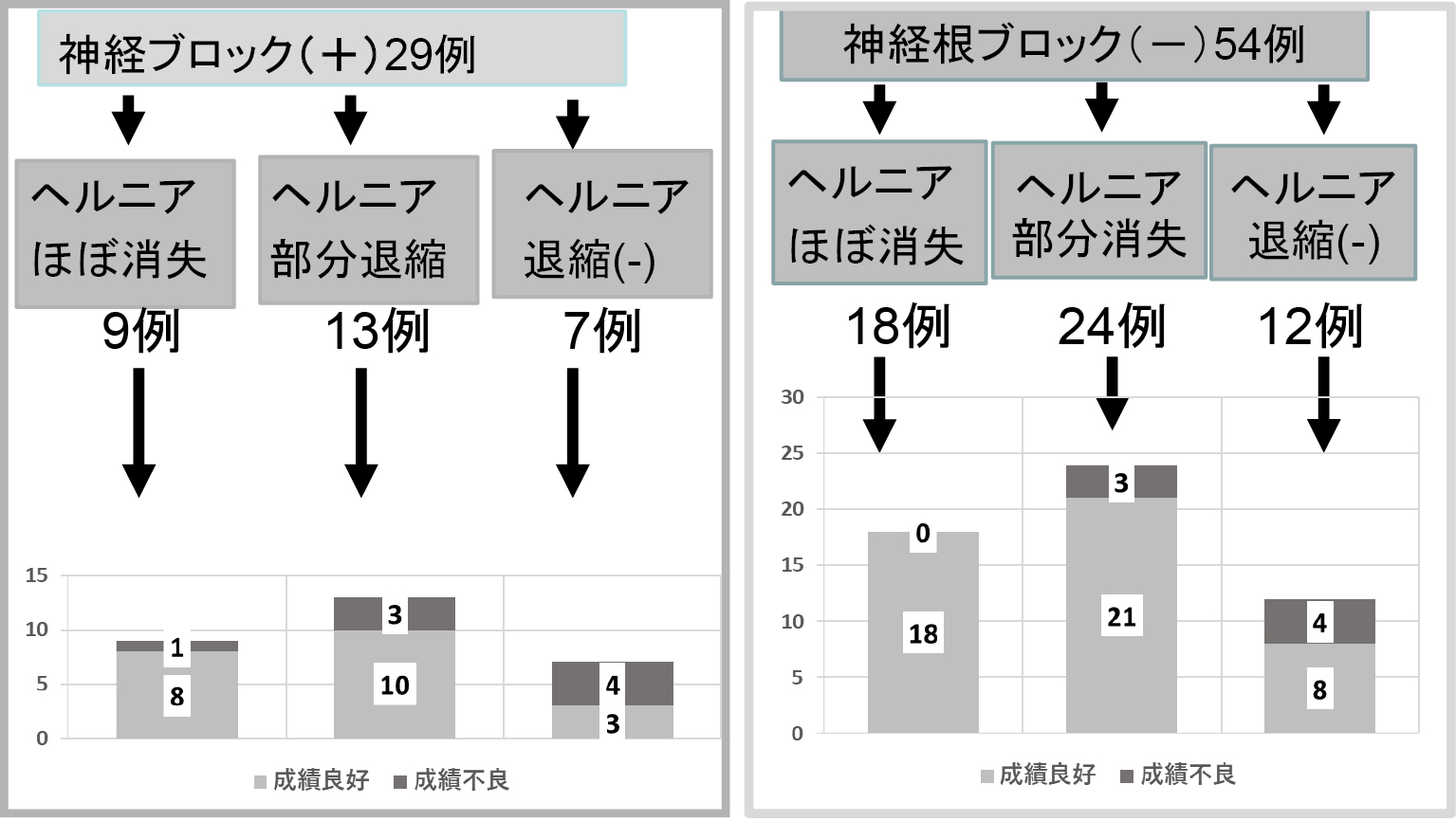Current issue
Displaying 1-7 of 7 articles from this issue
- |<
- <
- 1
- >
- >|
Editorial
-
2024 Volume 15 Issue 4 Pages 693-694
Published: April 20, 2024
Released on J-STAGE: April 20, 2024
Download PDF (382K)
Original Article
-
2024 Volume 15 Issue 4 Pages 695-699
Published: April 20, 2024
Released on J-STAGE: April 20, 2024
Download PDF (1194K) -
2024 Volume 15 Issue 4 Pages 700-706
Published: April 20, 2024
Released on J-STAGE: April 20, 2024
Download PDF (2208K) -
2024 Volume 15 Issue 4 Pages 707-712
Published: April 20, 2024
Released on J-STAGE: April 20, 2024
Download PDF (982K) -
2024 Volume 15 Issue 4 Pages 713-720
Published: April 20, 2024
Released on J-STAGE: April 20, 2024
Download PDF (1546K)
Case Report
-
2024 Volume 15 Issue 4 Pages 721-725
Published: April 20, 2024
Released on J-STAGE: April 20, 2024
Download PDF (1307K) -
2024 Volume 15 Issue 4 Pages 726-731
Published: April 20, 2024
Released on J-STAGE: April 20, 2024
Download PDF (1957K)
- |<
- <
- 1
- >
- >|






